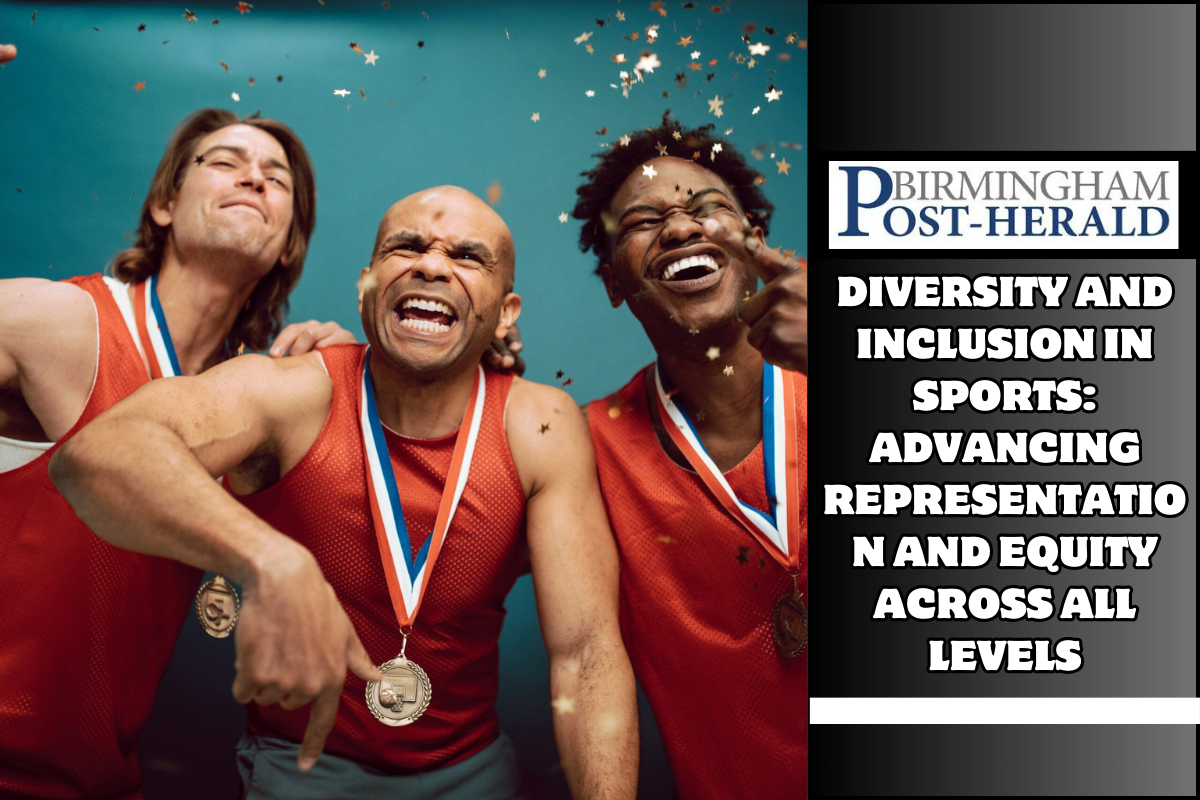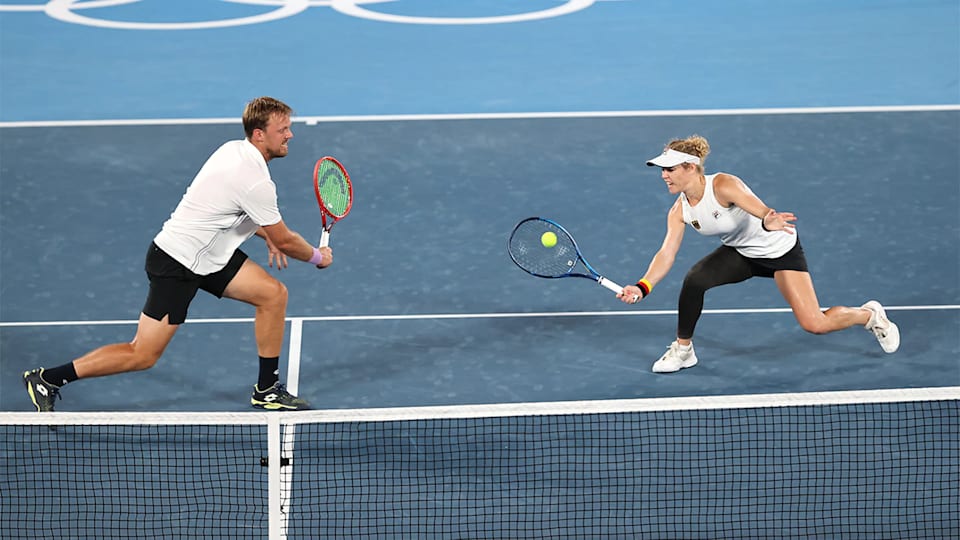Diversity and Inclusion in Sports: Advancing Representation and Equity Across all Levels:-In sports, diversity and inclusion are important issues that go beyond just tracking how many people play. They are part of a bigger talk about fairness, representation, and access in all levels of sports participation. The push for diversity and inclusion in sports, from youth leagues to professional leagues, is meant to make sure that sports truly mirror the rich tapestry of human experience and give everyone the same chances.
Diversity and Inclusion in Sports: Advancing Representation and Equity Across all Levels
In its most basic form, diversity in sports includes things like race, ethnicity, gender, sexual orientation, socioeconomic position, and physical ability. It acknowledges that people from various backgrounds bring special skills, experiences, and points of view to the sporting arena, which makes the fight more interesting and helps everyone feel like they belong.
One of the main goals of supporting diversity and inclusion in sports is to fix the problems and barriers that have kept some groups from participating in the past. Too long, unfair systems have kept minority groups from getting ahead in sports, denying them chances to be noticed, getting resources, and getting help. Sports can be a force for social change and empowerment by tearing down these barriers and promoting an open-minded society.
To improve diversity and inclusion in sports, we need to take a multifaceted approach that handles both structural and behavioral issues. This includes putting in place rules and programs that make sure athletes from all backgrounds have equal access to facilities, coaches, and money. It also means fighting against biases, stereotypes, and unfair treatment of people of color in sports organizations, the media, and fan groups.
Also Read:-The Rise of Esports: Exploring the Global Phenomenon and Its Impact on Traditional Sports
Representation is a very important part of making sports more diverse and welcoming. It sends a strong message of possibility and validation to athletes when they see people who look like them doing well at the top levels of competition. Getting more diverse athletes into popular sports media, leadership roles, and sponsorship opportunities can help fight stereotypes and motivate the next generation of athletes.
Just as important is making sure that everyone feels welcome in sports organizations and towns. This means making places where everyone feels welcome, respected, valued, and supported, no matter who they are or where they come from. It means encouraging people from different backgrounds to be in leadership roles, enforcing anti-discrimination laws, and teaching people how to be culturally competent and sensitive.
Promoting diversity and inclusion in sports also needs everyone involved to work together and form partnerships. This includes sports governing bodies, teams, players, coaches, sponsors, and community groups. This group of people can use their combined power and resources to make real changes that will make sports more fair and open to everyone if they work together.
In conclusion, diversity and acceptance are important parts of a sports community that is alive and well. We can use the power of sports to bring people together, build social cohesion, and give everyone the tools they need to reach their full potential by promoting inclusion and fairness at all levels of athletic participation. We can make a world where sports truly reflect the diversity of the human experience and are a force for good in society if we all work together and are committed.

